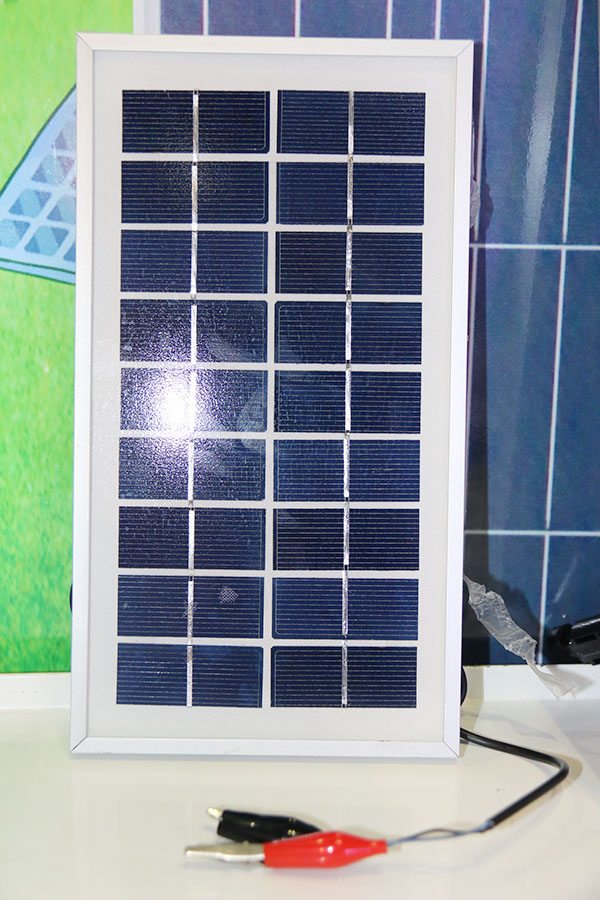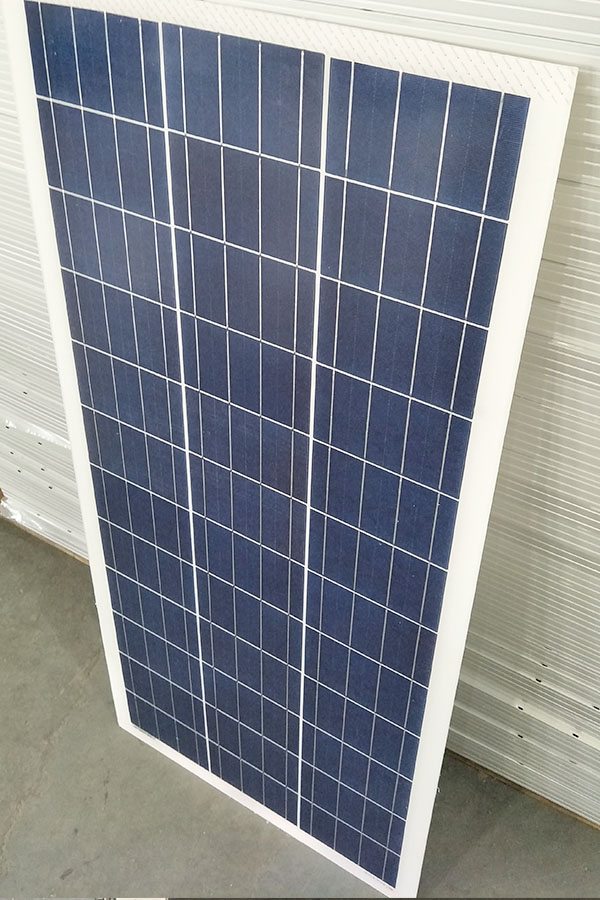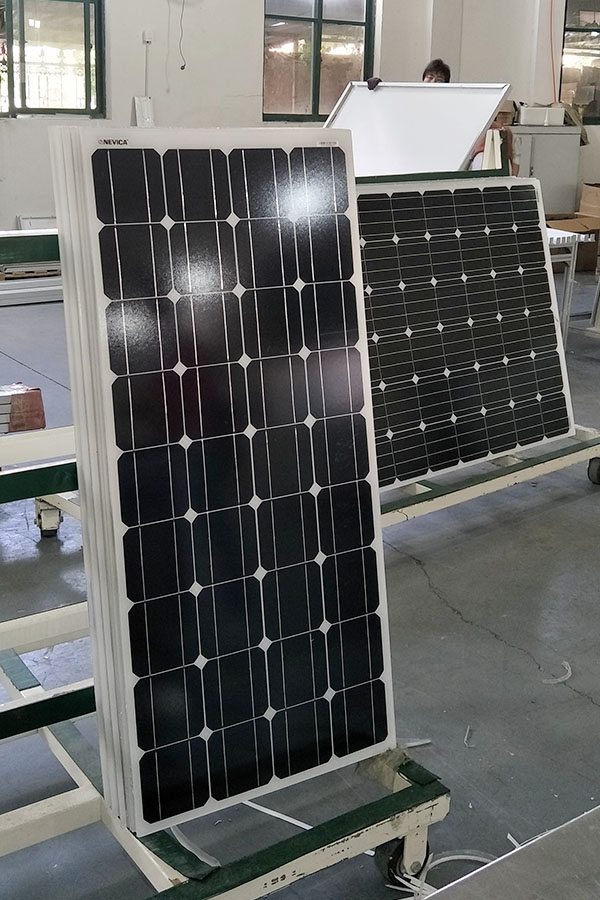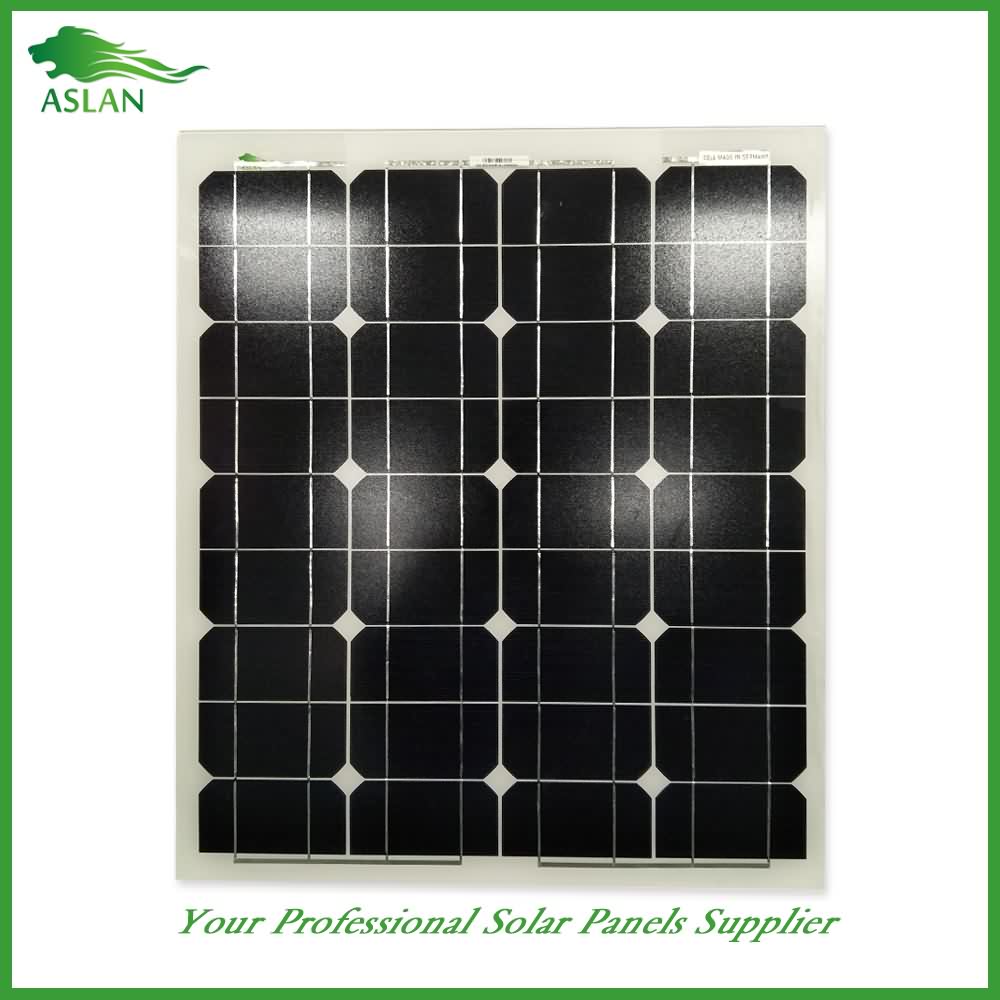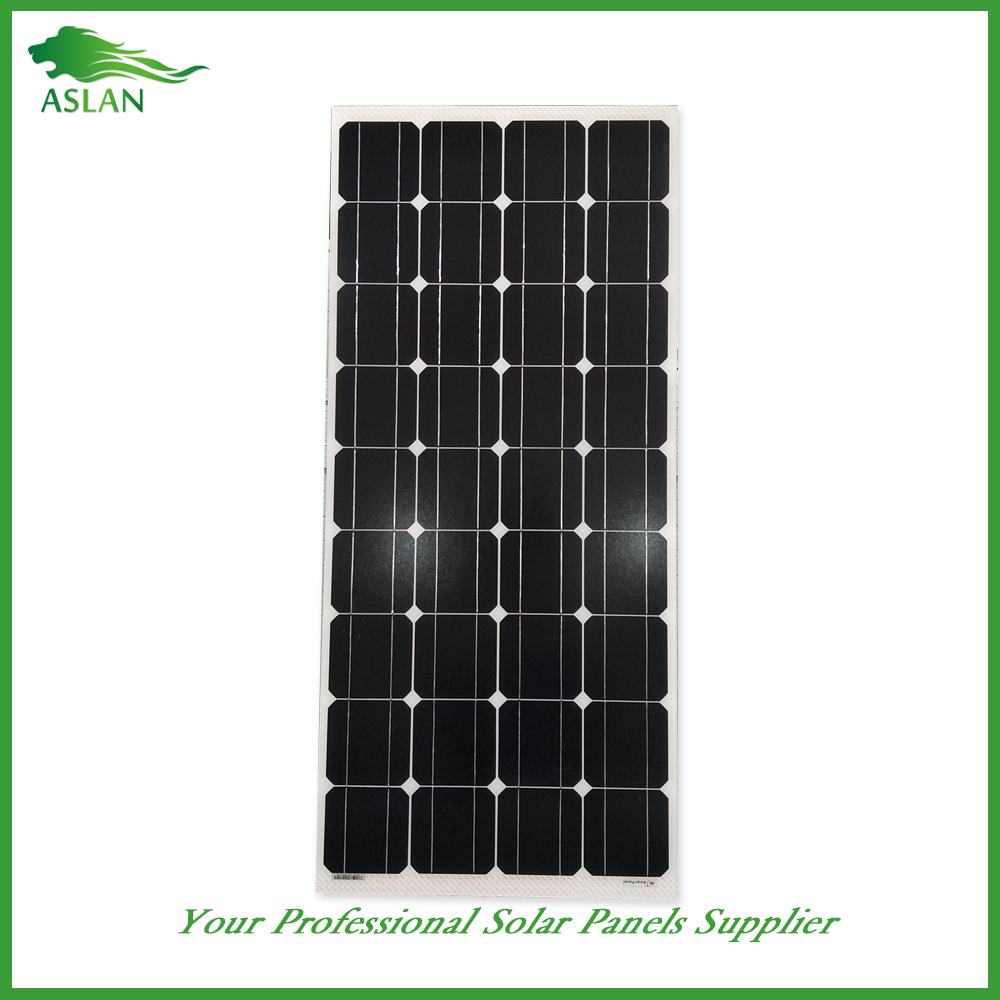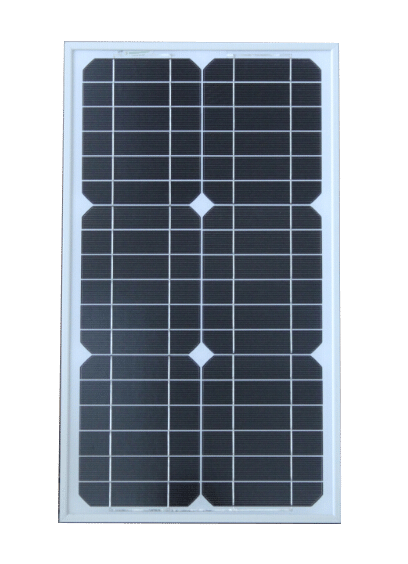16 Years Factory Poly-crystalline Solar Panel 3W Factory in Jeddah
Short Description:
We can always satisfy our respected customers with our good quality, good price and good service due to we are more professional and more hard-working and do it in cost-effective way for 16 Years Factory Poly-crystalline Solar Panel 3W Factory in Jeddah, We welcome you to join us in this path of creating a prosperous and efficient business together.
Poly-crystalline Solar Panel 3W
Technical parameter
Maximum Power(W) 3W
Optimum Power Voltage(Vmp) 9V
Optimum Operating Current(Imp) 0.34A
Open Circuit Voltage(Voc) 10.8V
Short Circuit Current(Isc) 0.37A
Mechanical Characteristics
Cell Type Polycrystalline
No of Cell 18 (2x9pcs)
Dimensions 145x245x18mm
Weight 0.52KGS
Front Glass 3.2mm,High Transmission, Low Iron,Tempered Glass
Temperature and Coefficients
Operating Temperature(°C): -40°C ~ + 85°C
Maximum System Voltage: 600V(UL)/1000V(IEC) DC
Maximum Rated Current Series: 10A
Temperature Coefficients of Pmax: -0.435%
Temperature Coefficients of Voc: -0.35%
Temperature Coefficients of Isc: 0.043%
Nominal Operationg Cell Temperature (NOCT): 47+/-2°C
Materials of solar panel
1).Solar Cell——Polycrystalline solar cell 156*156mm
2).Front Glass——-3.2mm, high transmission, low iron, tempered glass
3).EVA——-excellent anti-aging EVA
4).TPT——-TPT hot seal made of flame resistance
5).Frame——anodized aluminum profile
6).Junction Box——-IP65 rated, high quality, with diode protection
Superiority: high quality anodized aluminum frame, high efficiency long life, easy installation, strong wind resistance, strong hail resistance.
Features
1. High cell efficiency with quality silicon materials for long term output stability
2. Strictly quality control ensure the stability and reliability, totally 23 QC procedures
3. High transmittance low iron tempered glass with enhanced stiffness and impact resistance
4. Both Poly-crystalline and Mono-crystalline
5. Excellent performance in harsh weather
6. Outstanding electrical performance under high temperature and low irradiance
Quality assurance testing
Thermal cycling test
Thermal shock test
Thermal/Freezing and high humidity cycling test
Electrical isolation test
Hail impact test
Mechanical, wind and twist loading test
Salt mist test
Light and water-exposure test
Moist carbon dioxide/sulphur dioxide
2 x 52′ HD Documentary Promo.
The scientific community is convinced that within the next decades, we will finally unveil one of the greatest mysteries of the universe, and find life beyond Earth. We can’t know yet if the discovery of life will happen in our solar system, or in another remote place in the universe, but it’s clear that the next generation will witness a finding that could challenge our whole understanding of the universe. These two documentaries form a stunning mini-series, or operate as stand alone programmes. Life forms in the most extreme conditions on Earth. Organisms can survive inside volcano craters, or adapt to the chilling temperatures of the Antarctic. But, thanks to recent space missions, we can now be certain that there are planets in the solar system that are habitable – and that life is likely to already exist.
The first episode explores these findings, and uncovers the future missions planned to Mars, plus Jupiter and Saturn’s Moons, explaining their intentions of determining life beyond our Solar System.
***The second episode recaps the discoveries beyond the frontiers of our solar system. There are hundreds of billions of planetary systems similar to ours – relative atmosphere, size and geological compositions to Earth. Due to super-telescopes and NASA’s space satellite Kepler, we study exoplanets where life might be possible or could have been possible in the past. The SETI (Search of Extraterrestrial Intelligent Life) Institute tracks the universe in search of signals confirming the existence of intelligent life. The response might be coming, from any of the mysterious exoplanets.
